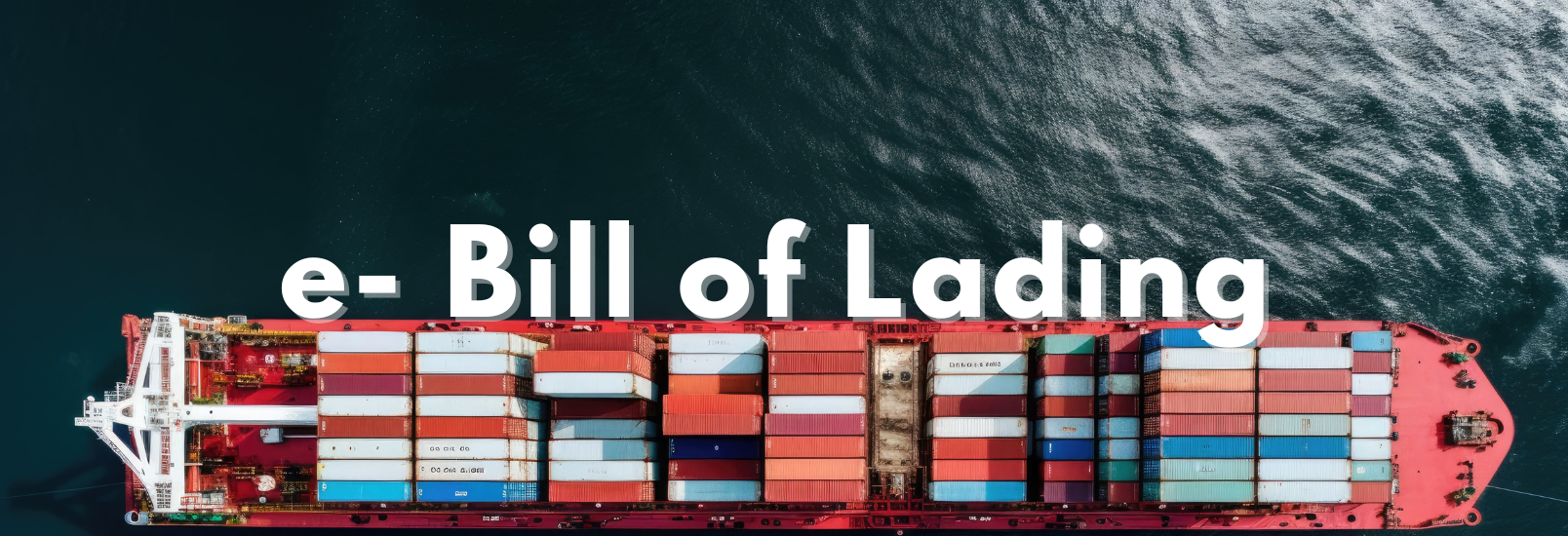What is an LEI?
The Legal Entity Identifier (LEI) is a 20-character, alphanumeric code based on the ISO 17442 standard, uniquely identifying legal entities involved in financial transactions. It connects to key reference information, promoting transparency in the global marketplace.
Structure and Components
An LEI code is structured to include:
- Characters 1-4: Identification of the Local Operating Unit (LOU) that issued the LEI.
- Characters 5-6: Reserved characters, always set to zero.
- Characters 7-18: Unique alphanumeric string assigned to the entity.
- Characters 19-20: Check digits for verification.
MNS's Legal Entity Identifier (LEI): 335800A8BMKQJ84CVX34

Importance of LEI
1. Transparency and Trust: LEIs answer “who is who” and “who owns whom” in the financial system, reducing ambiguity and enhancing trust.
2. Regulatory Compliance: LEIs are required by various financial regulators globally to monitor and analyze systemic risk.
3. Operational Efficiency: LEIs streamline processes in the financial industry, reducing costs and improving data quality.
Issuance and Maintenance
LEIs are issued by accredited Local Operating Units (LOUs). The process involves:
- Application: Entities apply to an LOU, providing accurate reference data.
- Verification: The LOU verifies the data against reliable sources.
- Issuance: Upon successful verification, an LEI is issued.
- Annual Renewal: LEIs must be renewed annually to ensure ongoing data accuracy.
Global LEI System
The Global LEI System (GLEIS) comprises:
- Global Legal Entity Identifier Foundation (GLEIF): Oversees the LEI system, ensuring integrity and standardization.
- LOUs: Accredited by GLEIF to issue and manage LEIs.
- Regulatory Oversight Committee (ROC): Provides governance and oversight.
Benefits to Businesses
- Risk Management: Enhances risk assessment and management capabilities.
- Simplified Reporting: Streamlines regulatory reporting requirements.
- Improved Counterparty Identification: Facilitates accurate identification of counterparties, reducing fraud and operational risk.
Use Cases
- Financial Transactions: Identifying parties in transactions, ensuring compliance with regulations like EMIR, MiFID II, and Dodd-Frank.
- Supply Chain Management: Tracking and verifying entities in global supply chains.
- Regulatory Reporting: Streamlining and improving the accuracy of regulatory reports.
Conclusion
The LEI system is a cornerstone of financial transparency and risk management in the global marketplace. By providing a unique identifier for legal entities, it enhances trust, simplifies regulatory compliance, and supports efficient financial operations.










